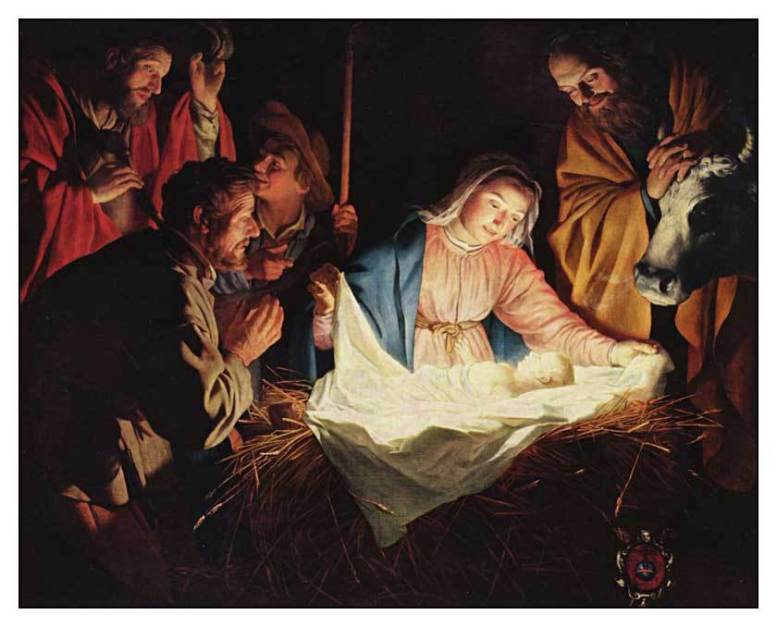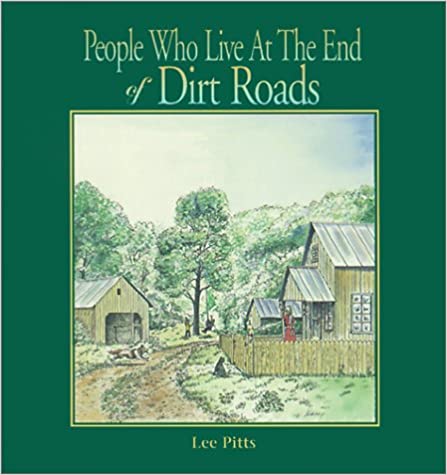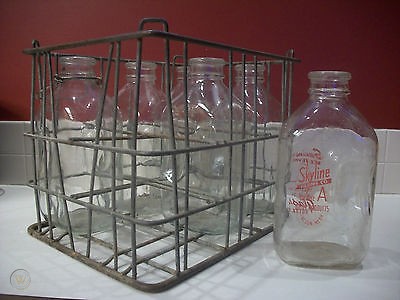When You Wish Upon A Star
When You Wish Upon A Star
 On a Sunday afternoon during the summer of 1985, I drove my young family to my parents’ home for a visit. The adults ended up in the back yard sitting on lawn chairs, while the children played in the yard. At one point, a bird landed near my four-year-old son, Harry. He immediately ran toward the bird to see if he could catch it.
On a Sunday afternoon during the summer of 1985, I drove my young family to my parents’ home for a visit. The adults ended up in the back yard sitting on lawn chairs, while the children played in the yard. At one point, a bird landed near my four-year-old son, Harry. He immediately ran toward the bird to see if he could catch it.
As soon as the bird saw Harry coming, it flew away and landed in an apple tree that was located on a 40-acre orchard next to my parents’ property. Harry continued to run toward the bird, but each time he came within 10 or 15 feet of it, the bird took flight and landed farther away. Every time the bird became airborne, Harry stopped, watched until it landed, and then started running toward it again.
I didn’t want to stop Harry from his newfound adventure, so I followed him. After about a quarter of a mile, the bird flew into an area of heavy brush. I called out to Harry, and he stopped running and turned around. He was surprised that I was behind him. It was as though he had stepped into a different world, and I ruined it by suddenly yanking him back to reality.
I jogged over to where Harry was, picked him up, and praised him for almost catching the bird. He was too young to realize that he was never going to catch that bird.
What was it that made him continue to chase after the bird? It was the hope and anticipation that he was going to catch it.
Unlike fear — an emotion that makes us want to avoid the future — hope causes us to seek out and pursue the future with energy and great anticipation. Hope gives us the confidence to dive into the future, regardless of any looming obstacles. Without hope, there is despair. Over time, despair can cause significant damage to a person’s physical, mental, emotional, and spiritual health. Despair is one of the worst forms of suffering.
One person who was keenly aware of the importance of hope was Walt Disney. In all the Disney classics, you’ll find hope as a primary theme. If you look at the lyrics of the songs in the movies that Disney oversaw, you’ll see and experience the hope that was reflected in the songs. You’ll also see that the words “hope,” “wish,” and “dream” were used interchangeably.
In Disney’s first full-length animated movie, Snow White and the Seven Dwarfs (1937), we heard Snow White sing, “I’m wishing for the one I love, to find me today. I’m hoping and I’m dreaming of, the nice things he’ll say.”
In Pinocchio (1940), we heard Jiminy Cricket sing, “When you wish upon a star, makes no difference who you are, anything your heart desires, will come to you. If your heart is in your dream, no request is too extreme.”
In Cinderella (1950), we heard Cinderella sing, “A dream is a wish your heart makes, when you’re fast asleep. In dreams, you will lose your heartaches, whatever you wish for, you keep. Have faith in your dreams and someday, your rainbow will come smiling through. No matter how your heart is grieving, if you keep on believing, the dream that you wish will come true.”
And in Sleeping Beauty (1959), we heard Sleeping Beauty sing, “I know you, I walked with you once upon a dream. I know you, that gleam in your eyes is so familiar a gleam. And I know it’s true that visions are seldom all they seem. But if I know you, I know what you’ll do. You’ll love me at once, the way you did once upon a dream.”
You can see the genius of Walt Disney in all his movies. He knew that if he could weave within his stories hope for the future, the likelihood that his movies would be successful would increase dramatically.
Unfortunately, on December 15, 1966, a month after being diagnosed with lung cancer, Walt Disney died at the age of 65.
It turns out that Disney had something in common with Pope John XXIII, who once said, “Consult not your fears, but your hopes and dreams. Think not about your frustrations, but about your unfulfilled potential. Concern yourself not with what you tried and failed in, but with what is still possible for you to do.”
The Modern Catholic Dictionary defines “hope” as follows:
The confident desire of obtaining a future good that is difficult to attain. It is therefore a desire, which implies seeking and pursuing; some future good that is not yet possessed but wanted, unlike fear that shrinks from a future evil. This future good draws out a person’s volition. Hope is confident that what is desired will certainly be attained. It is the opposite of despair. Yet it recognizes that the object wanted is not easily obtained and that it requires effort to overcome whatever obstacles stand in the way.
Christian hope requires a desire for everlasting life with God in Heaven. We are driven by what our minds present to us as desirable.
As children, our lives were filled with great hope and anticipation. Unfortunately, as we grow older, the burdens and struggles of life overwhelm us and our youthful hope sometimes turns into discouragement and despair.
One way to recapture the youthful hope that all of us possessed when we were children is to pray daily for the virtue of hope.
When I was a boy, I was taught how to pray the “Act of Hope.” Although there are newer versions of the prayer where Thine, Thou, and Thy are no longer used, here’s the version of the prayer that I was taught and still pray every morning (while I’m in the shower):
O my God, relying on Thine infinite goodness and promises, I hope to obtain pardon of my sins, the help of Thy grace, and life everlasting, through the merits of our Lord Jesus Christ, Amen.
More on this topic next week.




1 Comment
Good Morning, Georgette and Harry!
What a wonderful tribute to Walt Disney! I so enjoyed remembering each of the movies you’ve spoken of here. As I grew up, my sister Mary and I loved to go to the theater to see these musicals along with Ginger Rogers and Fred Astaire’s as they sang and danced – so full of love and HOPE. We also recited the Acts of Faith, Hope and Charity – wording very near your quote of the Act of Hope. With lots of love to you, and prayers for your whole family! Sister Roberta